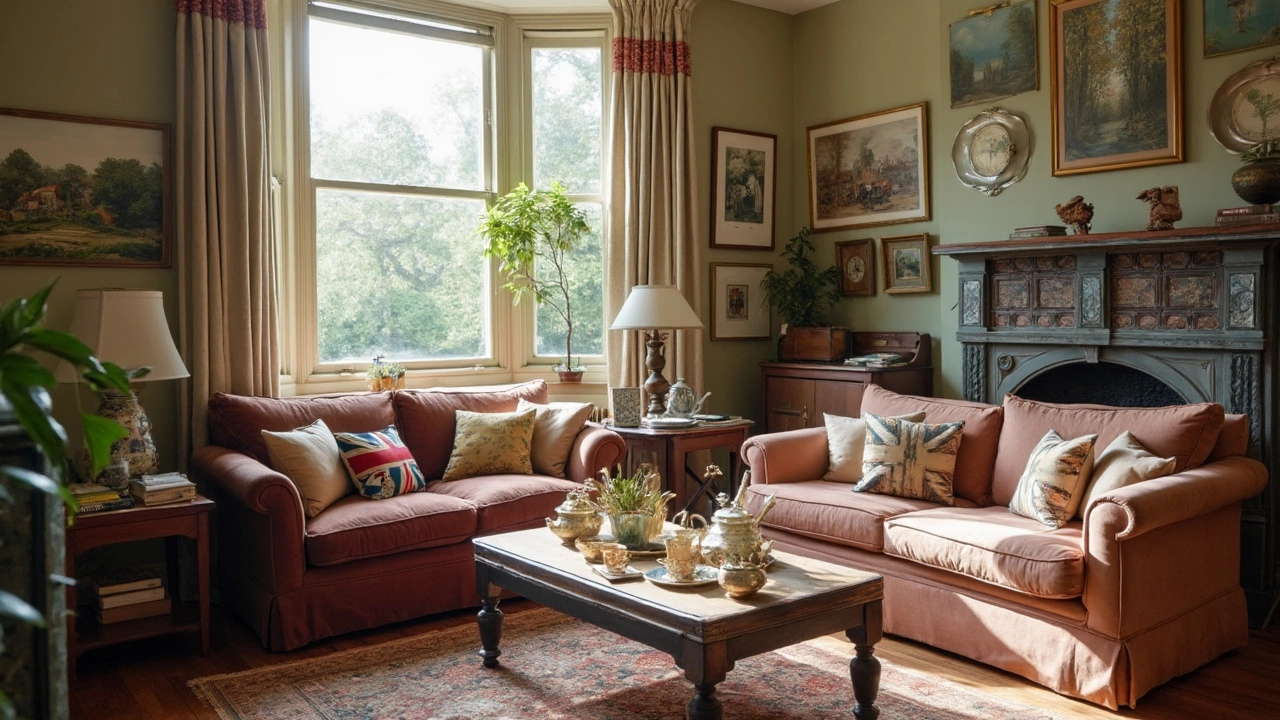
Sofa vs Couch: Key Differences, History, and Buying Tips
Explore the real difference between a sofa and a couch, their history, styles, uses, and tips to choose the right one for your space.
Ever walked into a furniture store and heard "sofa" and "couch" used interchangeably? It can feel like the words mean the same thing, but there are subtle clues that help you decide which one fits your needs. Knowing the difference saves you time, avoids mix‑ups, and helps you pick a piece that works for your room.
Most people think a sofa is larger and a couch is smaller. In practice, a sofa usually has a sturdier frame, deeper seats, and a more formal look. Couches tend to be lighter, often with a relaxed back and looser cushions. If you like sinking into plush cushions for a movie night, a couch might feel cozier. If you need a piece that holds up to daily use in a busy family room, a sofa’s tighter construction can be a better fit.
Another clue is the arm style. Sofas often have rolled or square arms that stay upright, while couches may have slouchy, lower arms that blend into the seat. This affects how much you can lounge or stretch out. A sofa usually offers a consistent seat height, which makes it easier to pair with coffee tables and side tables. A couch’s lower profile can work well in smaller rooms where you want a sleek silhouette.
Materials also differ. Sofas often use hardwood frames, reinforced joints, and tighter upholstery stitches. Couches may use lighter particle‑board frames and looser fabric. That means a sofa generally lasts longer under heavy use, while a couch can be a good short‑term solution or a piece you plan to swap out later.
First, measure your space. Leave at least a foot of walking room around the piece – you don’t want to feel cramped. If the room is a compact apartment, a couch’s slimmer profile can free up space for a dining table or desk. In a larger living area, a sofa can act as a focal point and anchor the room’s layout.
Think about how you’ll use it. If you host movie nights, a couch with a deeper seat and a removable throw pillow works great. If you need a spot for homework or a home office, a sofa with a firmer seat and straight back provides better posture support. Also, consider the colour and fabric. Neutral tones like grey or beige blend with most décor, while bolder hues can become a statement piece.
Finally, factor in budget and future plans. A solid‑frame sofa may cost more up front but can last a decade or more. A couch can be a budget‑friendly pick if you plan to redecorate soon. Look for a removable slipcover if you want the option to change the look later without buying a new piece.
Bottom line: there’s no hard rule that separates sofa from couch, but paying attention to size, frame strength, and how you’ll use it helps you make the right call. Whether you call it a sofa or a couch, the goal is a comfortable spot that fits your lifestyle.

Explore the real difference between a sofa and a couch, their history, styles, uses, and tips to choose the right one for your space.